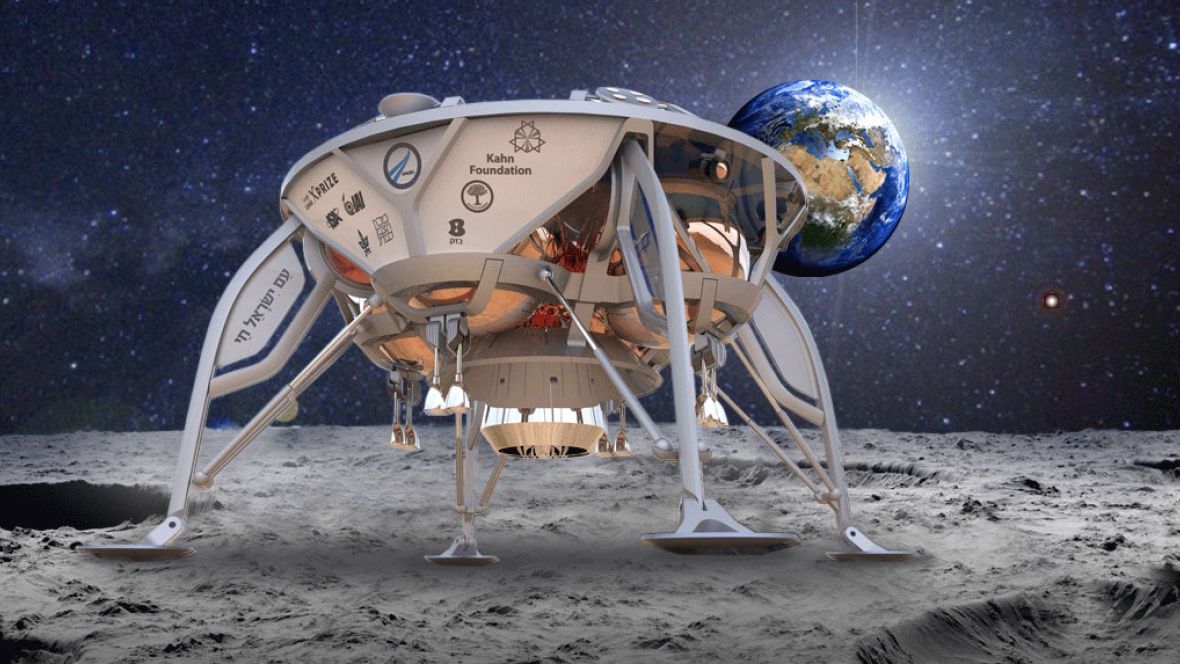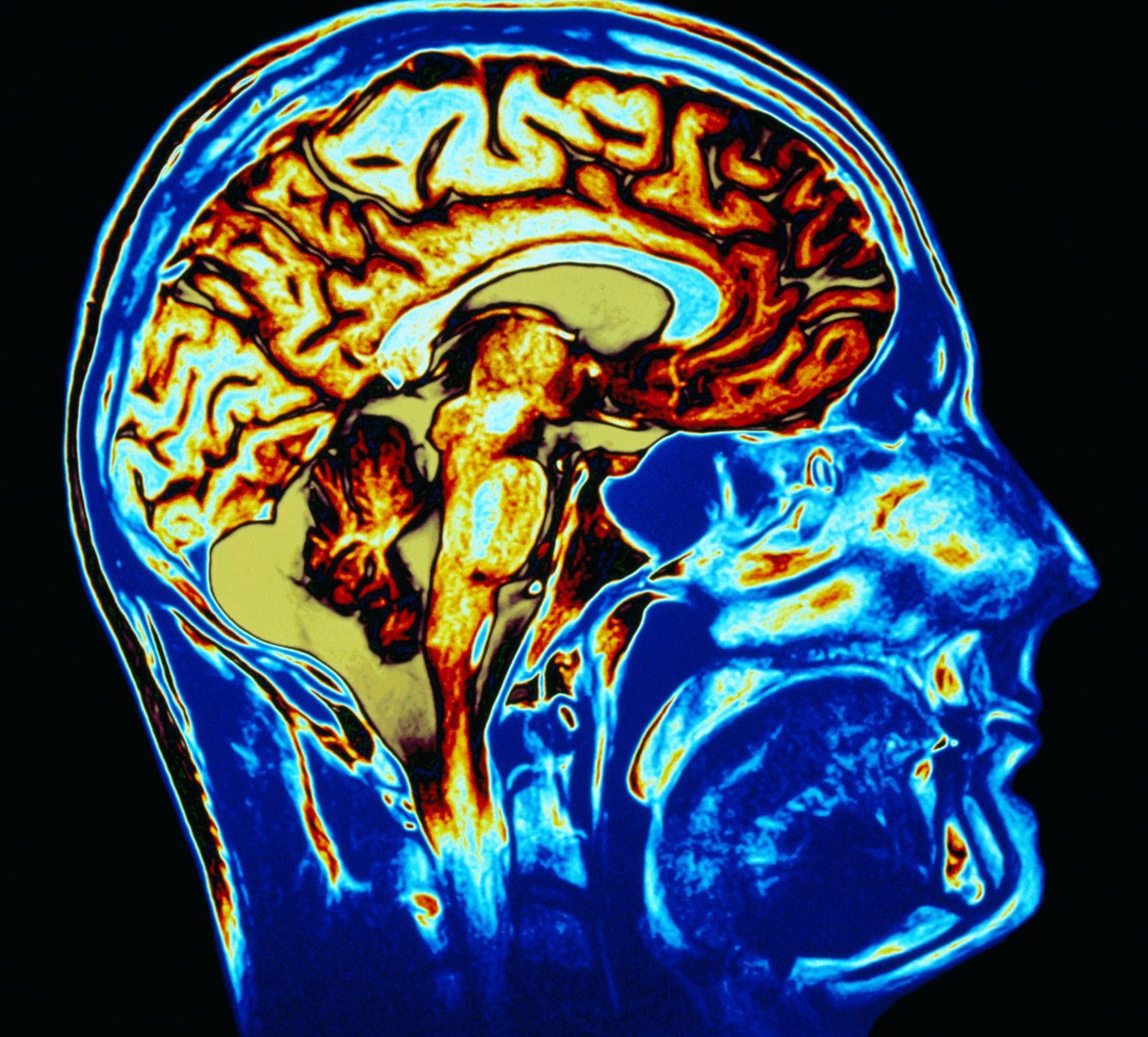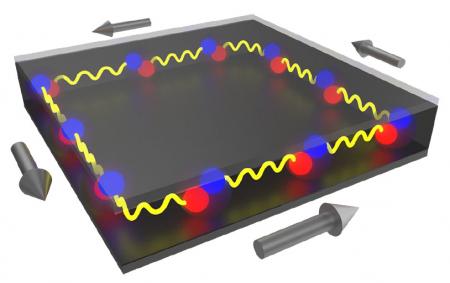Page 11608
Oct 7, 2015
Google Lunar X Prize team signs contract to send spacecraft to moon
Posted by Dan Kummer in category: space
A team of Israeli engineers is the first to advance in an international competition sponsored by Google to send a privately-funded spacecraft to the moon, contest organizers announced Wednesday.
The Israeli nonprofit group SpaceIL has signed a contract with American aerospace manufacturer SpaceX to launch an unmanned spacecraft into lunar orbit — the first step a team must take toward landing on the moon and winning the $20 million grand prize. The launch is expected to take place in the second half of 2017.
Google’s contest is meant to encourage private industry to create new technologies to reach the moon at lower costs than what governments have spent in past lunar expeditions.
Oct 7, 2015
China now spends more on science than the EU, will soon overtake the US
Posted by Dan Kummer in categories: biotech/medical, science, space
Maybe we can convince the Chinese to start funding our space program.
On Monday, Chinese scientist Youyou Tu was jointly awarded the Nobel Prize in Physiology or Medicine for her discovery of a new malaria therapy. It was remarkable research in its own right, but equally significant is the fact that Tu is the first scientist to ever be awarded a Nobel Prize for work done at a Chinese institution — despite the fact that the country trains more scientists and engineers than any other nation on Earth.
In fact, China now spends more money on research and development than Europe, and by 2020, it’s predicted to outspend the US, as Nature editor Ed Gerstner wrote last month in Research Information. But despite that investment, there’s a big reason for why Chinese science has lagged behind other parts of the world — it has a long history of pumping out dodgy research.
Continue reading “China now spends more on science than the EU, will soon overtake the US” »
Oct 7, 2015
Stem cells from human skin turned into kidney tissue
Posted by Aleksandar Vukovic in category: biotech/medical
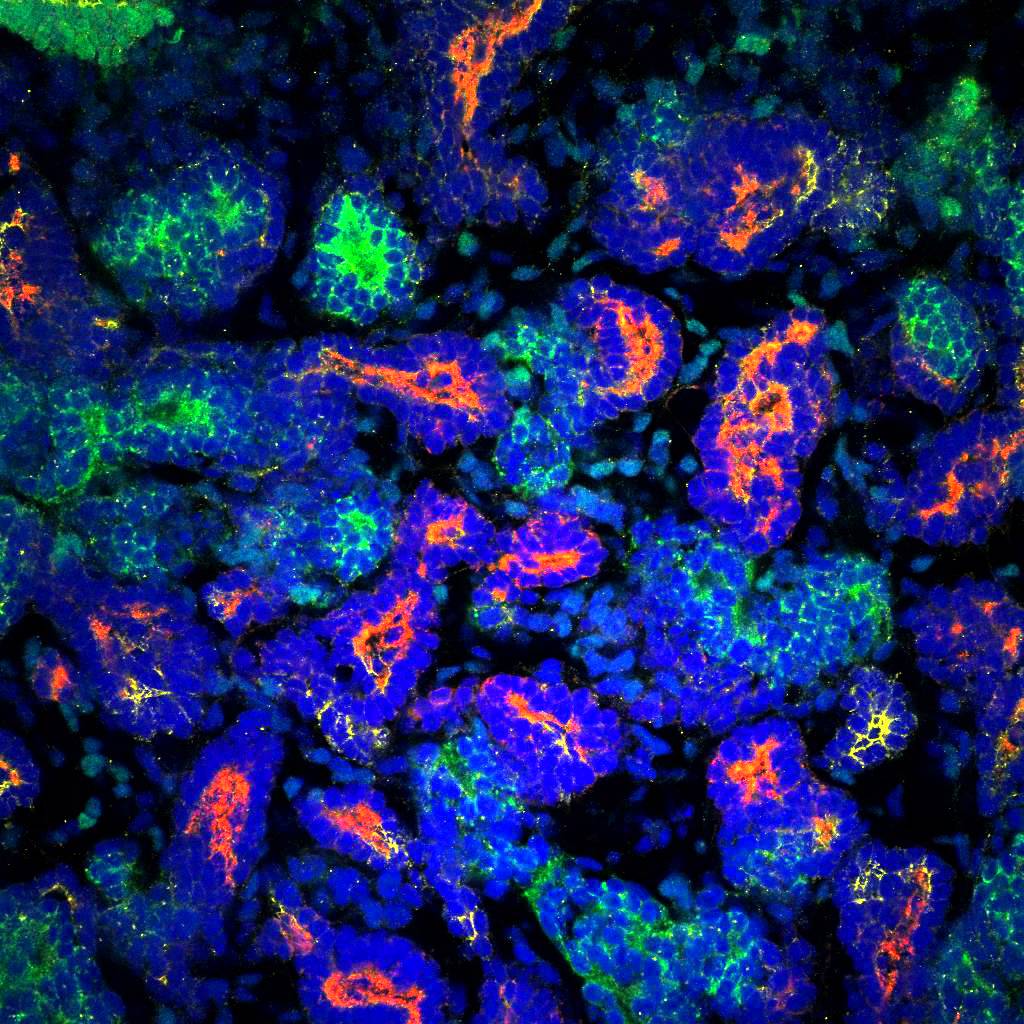
https://youtube.com/watch?v=075Vit5108w
“The result could be a major step towards animal replacement and improved safety screening for drugs, as well as towards transplantable kidneys”
Scientists in Australia succeed in growing ‘organoids’ comparable to early stage of a baby’s kidneys that have collecting ducts and filtering units called nephons.
Oct 7, 2015
AI Machine Has Same IQ As Four-Year-Old Child
Posted by Albert Sanchez in category: robotics/AI
Artificial Intelligence (AI) machines can already do several remarkable things: they are far better than humans at performing complex calculations, and they’re pretty good at playing chess. Researchers have once again tested the limits of AI by putting one of the world’s most intelligent AI machines through its paces with an IQ test, and the results are in: it has the same IQ as an average four-year-old child, as reported by MIT Technology Review.
Measuring intelligence through an IQ test is thought to be the best way to determine the intellectual capacity of people from a huge range of human cultures. A team of researchers, led by Stellan Ohlsson at the University of Illinois, decided to apply this concept to an intelligence outside of any normal human culture: an AI machine developed by the Massachusetts Institute of Technology (MIT).
The intelligent machine, dubbed ConceptNet 4, was given a verbal reasoning examination calibrated for four-year-old children. Known as the Wechsler Preschool and Primary Scale of Intelligence, it calculates a child’s IQ by asking a selection of questions from five categories.
Oct 7, 2015
NASA Offers Licenses of Patented Technologies to Start-Up Companies
Posted by Aleksandar Vukovic in category: futurism
NASA is unveiling a new opportunity for start-up companies to license patented NASA technology with no up-front payment. The Startup NASA initiative addresses two common problems start-ups face: raising capital and securing intellectual property rights.
Oct 7, 2015
Walking robot uses drone to help traverse tricky terrain (VIDEO)
Posted by Dan Kummer in categories: military, robotics/AI, space
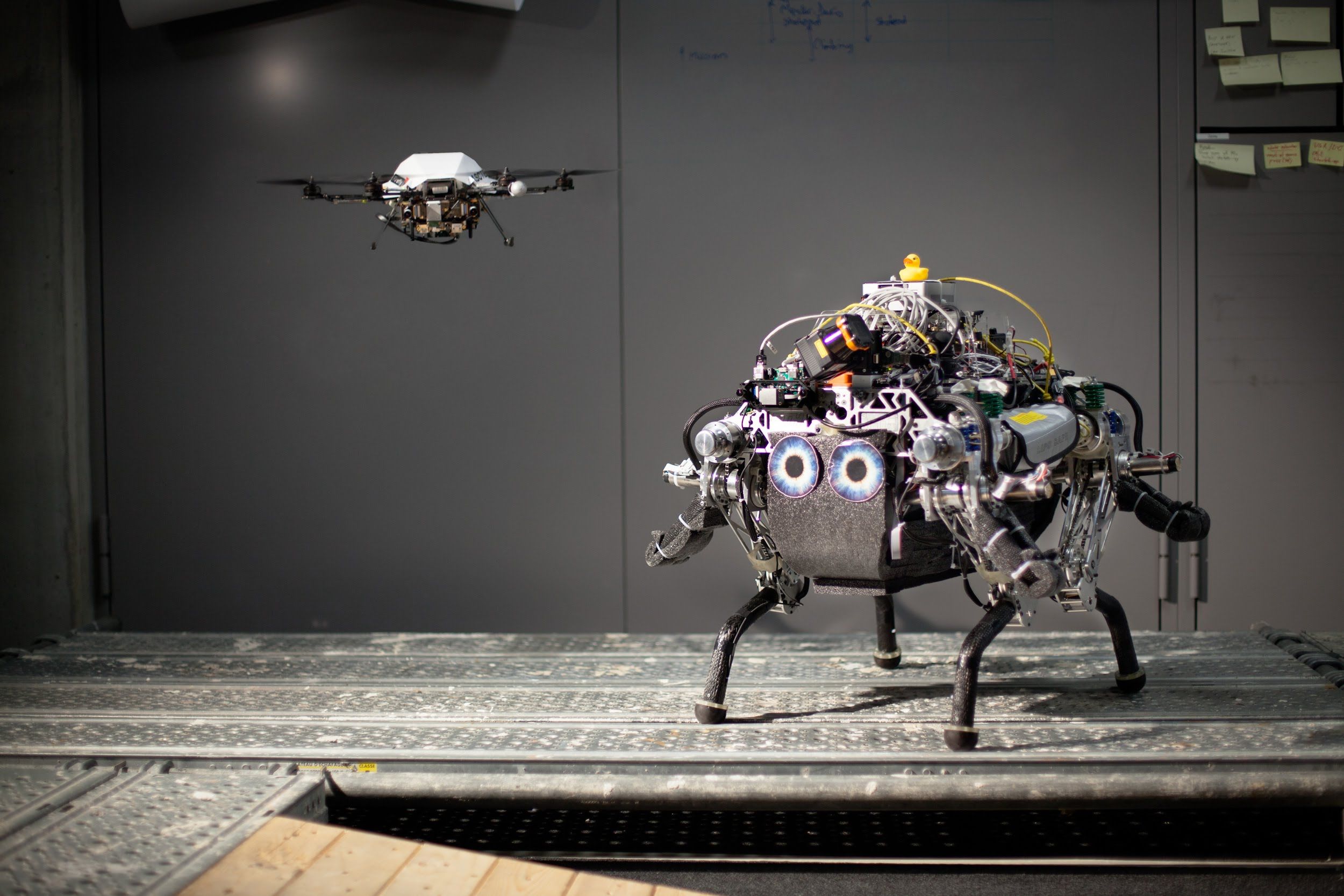
Swiss-based scientists have developed a robot double act in which a hexacopter helps a dog-like, land-based robot find its way around obstacles. The technology could be deployed in space exploration or warfare.
“Flying and walking robots can use their complementary features in terms of viewpoint and payload capability to the best in a heterogeneous team,” says an intro to a video posted on YouTube by the team at ETH Zurich, Switzerland’s leading tech research institution.
Oct 7, 2015
SUMER: — 3D Animation Short-Film
Posted by Sean Brazell in categories: entertainment, existential risks
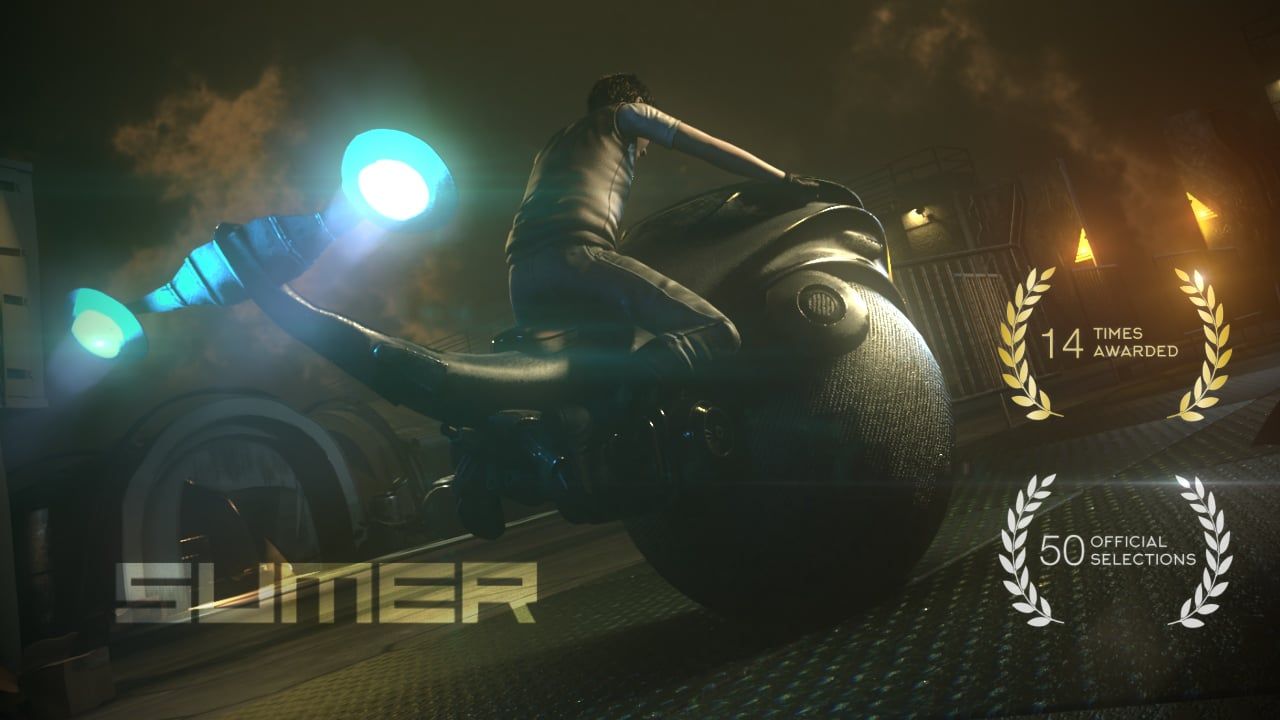
For unknown reasons, the Earth’s ionosphere has weakened dramatically during the course of the last century, resulting in the collapse of the entire ecosystem. Earth has become an increasingly hostile and uninhabitable place and with no shield to protect it, it is at the full mercy of meteors.
All animal and plant species perished decades ago. All that remains is one small group of humans who attempt to resist the hostility and hardness of the external environment from SUMER, the last hive city in the world, which has been specifically designed to keep the population alive through oxygen supply systems.
Oct 7, 2015
‘Neural Dust’ May Let Minds Meld With Machines
Posted by Scott Davis in categories: cyborgs, neuroscience
This neural dust sprinkled into an individual’s brain tissue could form an “implantable neural interface system that remains viable for a lifetime.”
Earlier this month, five researchers at the University of California, Berkeley, put out a paper discussing the possible development of mind-reading “neural dust,” which could be implanted directly into the human brain to allow people to interact with machines.
The paper is what the MIT Technology Review calls a theoretical study: The idea is “littered with challenges beyond the state-of-the-art.”
Continue reading “‘Neural Dust’ May Let Minds Meld With Machines” »
Oct 7, 2015
The topolariton, a new half-matter, half-light particle
Posted by Shailesh Prasad in categories: electronics, particle physics
A new type of “quasiparticle” theorized by Caltech’s Gil Refael, a professor of theoretical physics and condensed matter theory, could help improve the efficiency of a wide range of photonic devices—technologies, such as optical amplifiers, solar photovoltaic cells, and even barcode scanners, which create, manipulate, or detect light.
